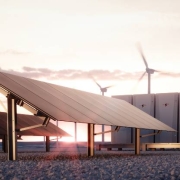In April of this year sustainable wind and solar energy sources produced 17.96 percent more electricity than nuclear power plants, the first time the former have overtaken the latter in U.S. history.
This surge in wind and solar-generated electricity meant that clean energy, which also includes geothermal, hydroelectric and biomass energy, comprised nearly 30 percent of the total electricity in the whole U.S., according to the U.S. Energy Information Administration (EIA) data. In 2021, clean energy only made up around 20 percent of the total electricity across the country.
Click here to read the full article
Source: Newsweek
—
If you have any questions or thoughts about the topic, feel free to contact us here or leave a comment below.

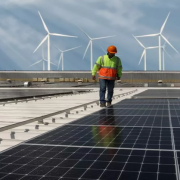


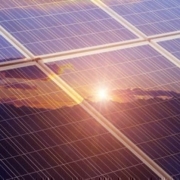
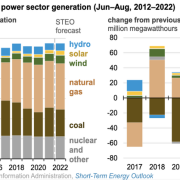
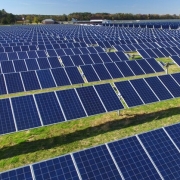
 Panel The Planet
Panel The Planet